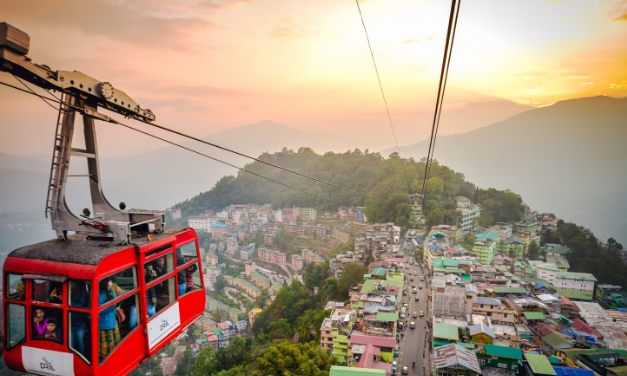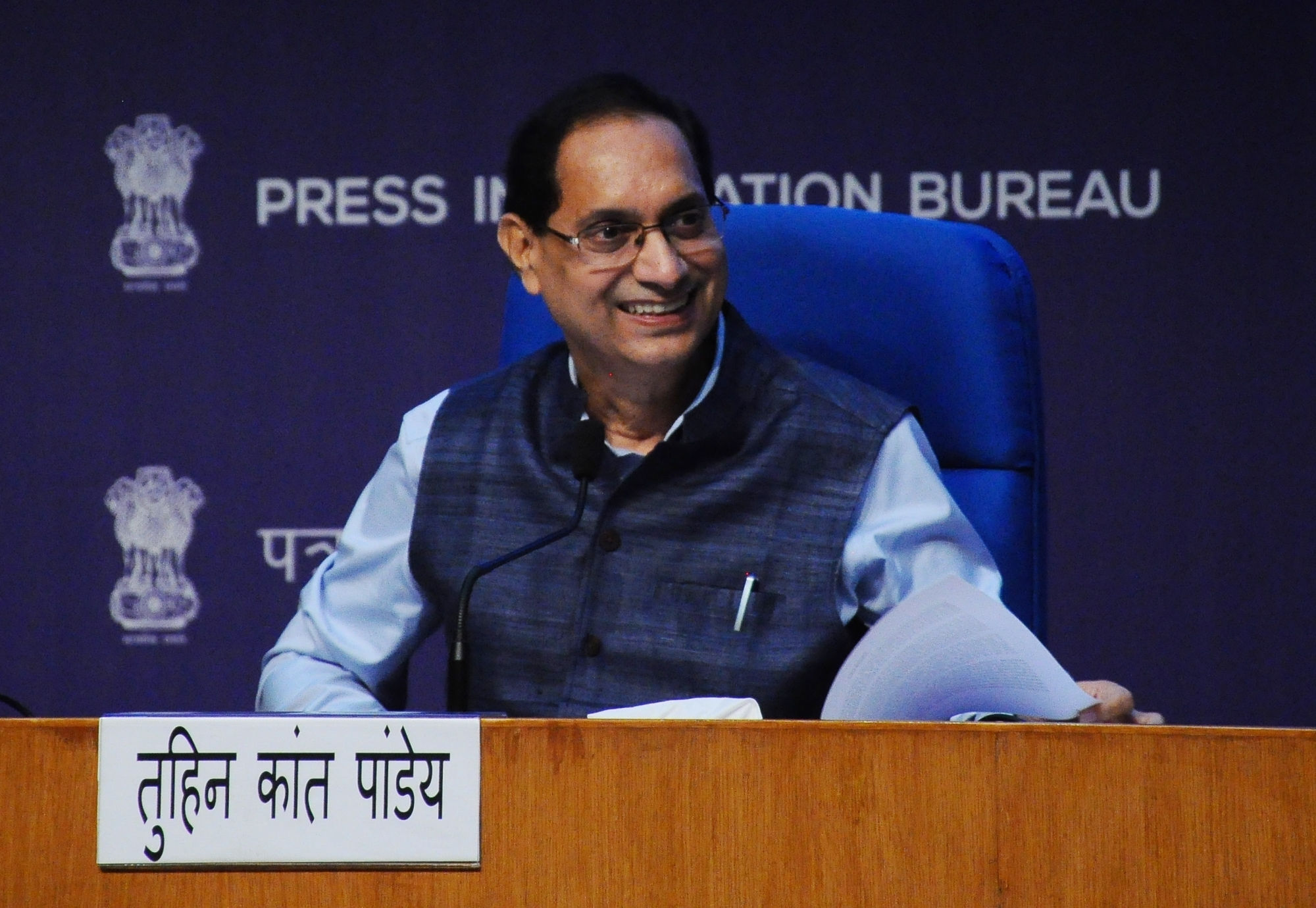India’s First Urban Ropeway Nears Completion in Varanasi at ₹820 Crore; Trial Runs Underway Amid Cost Debate
The First Public Transport Ropeway in India Has Been Launched: India is set to launch its first urban ropeway in Varanasi, with trial runs already underway and expected to continue for three months. Built at a cost of approximately ₹820 crore, the ambitious project aims to ease traffic congestion and revolutionize urban mobility in the ancient city, which faces serious space constraints for road expansion.
Initially estimated at ₹645 crore when the foundation stone was laid on March 24, 2023, the project’s cost increased due to technical complexities and urban challenges, bringing the final cost to ₹815.58 crore, including 15 years of operation and maintenance. Despite criticism comparing its cost to India’s Mars mission or Japan’s maglev trains, authorities have clarified that such comparisons are misleading.
Asia’s First Urban Ropeway Through a Densely Populated Area
According to Pulkit Garg, Vice Chairman of the Varanasi Development Authority, the Kashi Ropeway is Asia’s first urban ropeway to pass through such a densely populated area. Project Manager Pooja Mishra emphasized that constructing ropeway stations in the crowded lanes of Varanasi—often called the world’s oldest living city—is vastly more complex and costly than building in open or rural areas.
Route Details and Travel Time Reduction
Spanning 3.75 kilometers, the ropeway will connect Cantt Railway Station to Godaulia Chowk, reducing the current travel time from 45–50 minutes to just 15 minutes. Stations at Cantt, Vidyapeeth, and Rathyatra are already built, equipped with elevators, escalators, wheelchair access, toilets, parking, and food and shopping areas to enhance passenger comfort.
While fares are yet to be announced, officials assure they will be affordable for the general public.
Cost Justification and Technology Integration
Experts explain that the cost of building one kilometer of urban ropeway ranges from ₹45 to ₹75 crore, which aligns with the Varanasi ropeway’s pricing. The ropeway offers speeds of up to 30 km/h and is ideally suited for congested and hilly urban landscapes.
Notably, advanced safety and monitoring systems have been integrated. 228 sensors across 38 towers will provide real-time data on gondola movement, speed, and location. In case of a technical issue, Swiss-based experts will remotely troubleshoot and fix the system, showcasing a global-level tech partnership.
A Step Toward Modern Urban Transport
Approved under the Parvatmala scheme by both central and state governments, the Varanasi ropeway project is part of India’s broader vision to modernize its urban transport infrastructure while preserving historical cities like Varanasi.
As India prepares to open the doors of its first urban ropeway to the public, the project stands not only as a symbol of modern engineering meeting ancient heritage, but also as a benchmark for sustainable, efficient, and space-conscious urban transport.
ALSO READ: Why we say swaha during hawan in Hinduism





